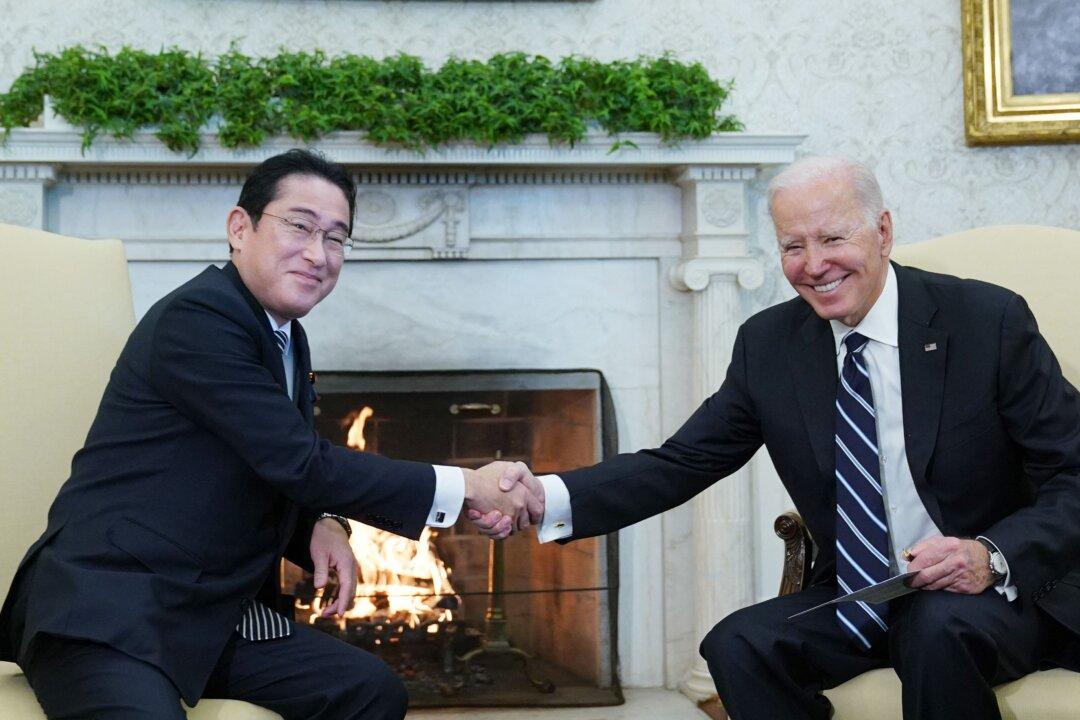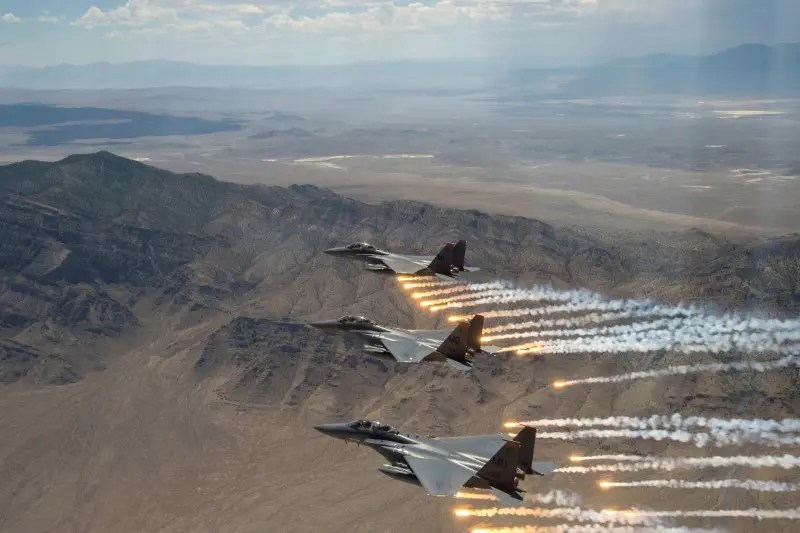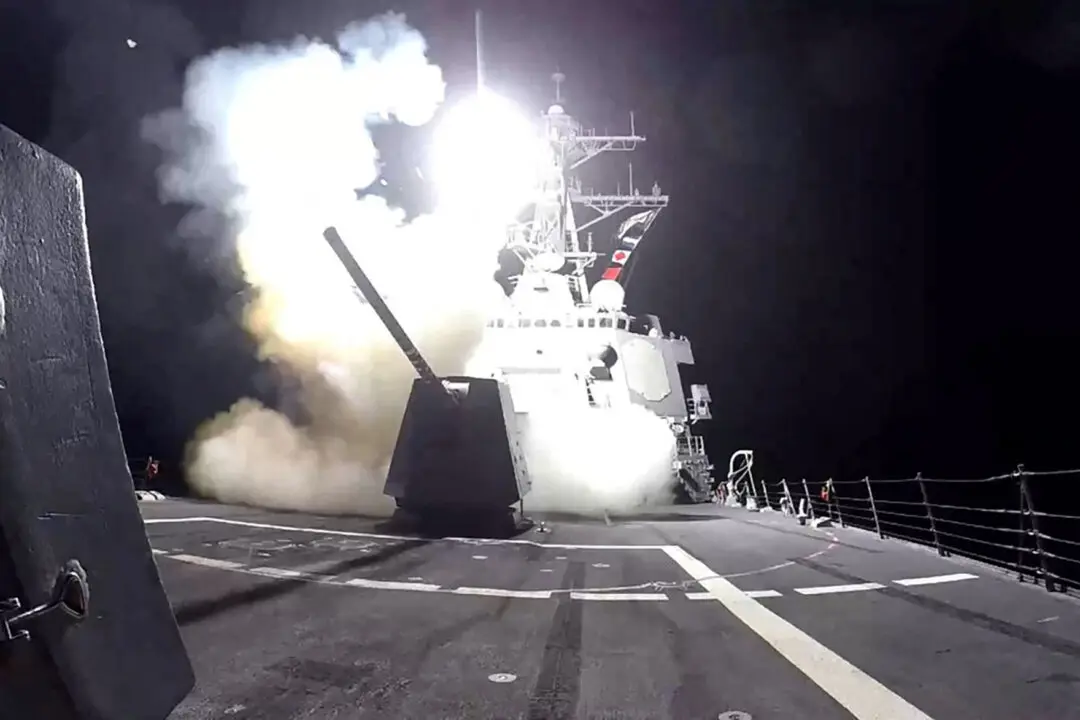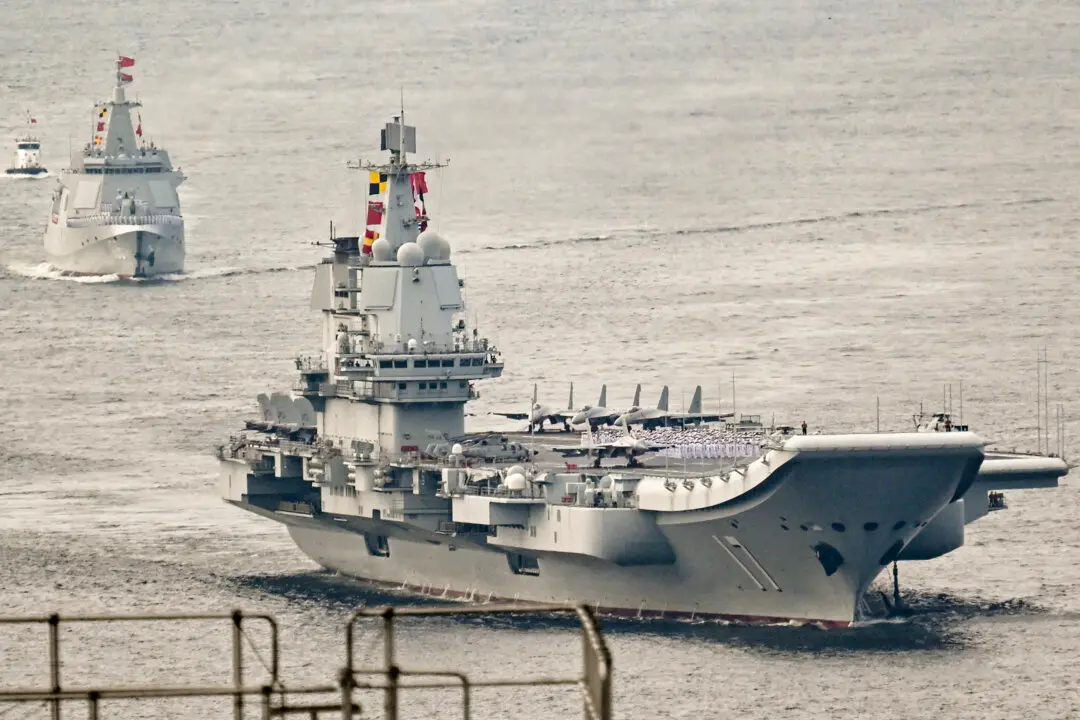The leaders of Japan and the United States are expanding the nations’ alliance with a series of new commitments regarding defense spending, military modernization, and a new agreement that will extend their mutual defense treaty to apply to space.
President Joe Biden welcomed Japanese Prime Minister Fumio Kishida on Jan. 13 to the White House, where the two leaders agreed to the historic expansions and enhancements of their nations’ alliance.




